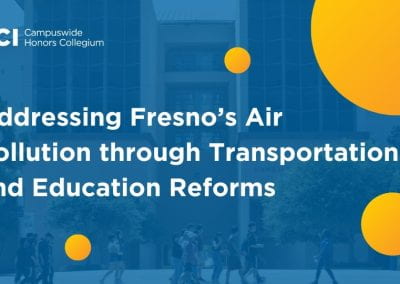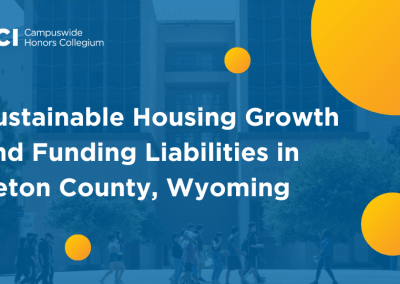Climate Change Resilience Hubs in LA County, CA

Abstract
Vulnerable populations in Los Angeles County, California face disproportionate impacts from climate change due to environmental injustices. The lack of investment in these communities adversely affects residents’ health conditions, putting them at the most risk in times of disaster. The establishment of resilience hubs in underserved communities in LA County can provide support and resources for community members, both on a daily basis and when faced with climate change hazards. The Climate Vulnerability Assessment will be used to select sites to determine areas that are in the most need and will benefit the most from the resilience hubs. The process of creating, operating, and maintaining resilience hubs should be entirely community-driven, with help from experts from partnerships. This not only provides jobs but strengthens and revitalizes the community as they address environmental justice and climate change. For the purposes of this report, we have chosen Santa Clarita to be our area of focus for a resilience hub placement. The resilience hub will act as an engagement center during its normal mode for everyday purposes, such as training community members or for relief stations. During disruption and recovery mode when a disaster strikes, the hub can serve as an emergency shelter and provide support and resources for the community. The implementation of resilience hubs will be financially, technically, and socially feasible once renovation costs are balanced with sustainability and service standards that meet the community’s needs. This project will benefit from local government grants, local and federal taxes, and stakeholders to fund initial investments in renovation and staff training, and ongoing costs. Despite hefty upfront and ongoing costs for creating and maintaining a resilience hub, improved public health and safety, energy cost savings, and social equity far outweigh these costs.



